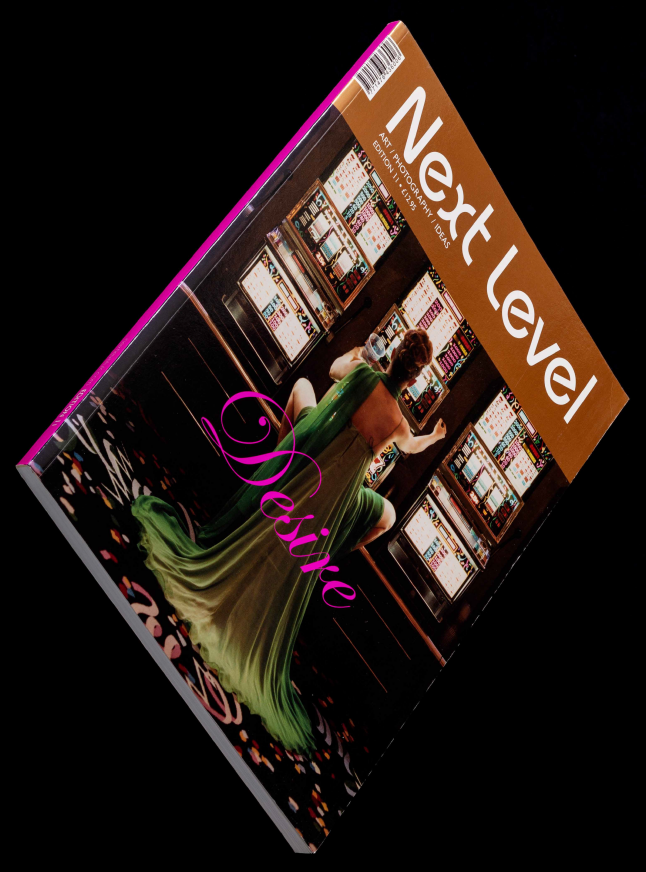Mac AdamsWitness

As far back as 1968, Mac Adams was giving new life to ‘the narrative photograph’. In black and white, his first collection was called Mysteries and told crime stories. During those days art was being rebuilt through conceptual art and minimalism, and much of its new methods was about introducing a dialogue with a certain kind of factuality that came from outside the work itself: pieces of evidence, documents and auxiliary information. In response to this movement, Adams injected his photographs with the idea of fiction.
A participant in conceptual art thinking himself, he reacted to its frameworks in an unusual way: in his narratives, everything is in! side the picture and all the information is immediately accessible. Years later, artists such as Cindy Sherman would follow a similar inclination. Their appropriation of the mass marketed thriller genre was an attempt to make the semiotics of Roland Barthes more accessible to a broader audience. Dealing with criminality is also a way to understand human behaviour through its depravity. A concern with the human, social dimension of such a project is underscored in Adams’ work, something that could well stem from his Welsh background and extensive contact with its lively oral tradition, in which local myths and tales mix the ordinary with the fantastic, the real with the imagined.
At first, the artist created ‘environments’ by arranging three-dimensional scenarios that were the sets for often-violent incidents that might have taken place. Quickly, his installations turned into carefully staged photographs. The process was as much cinematographic as it was photographic: the audience’s view is guided by a near-theatrical synopsis through the artist’s condensation of as much information as possible into the image. Adams directs ‘actors’ and the set he brings together at the moment the picture is taken. He uses diptychs and a broken-mirror effect as techniques to demonstrate the passage of time, the action’s before and after. The story is effectively told by the clues that are shown. In those days, the painter Brice Marden had impressed Adams in the way he used optical effects to put meaning between each panel of his monochromatic diptychs. Adams embraced a similar process, using diptychs to tell his stories.
For him, though, the direct narrative of a police investigation is less interesting than an open story that makes different interpretations possible. He always begins by creating and plotting the story in a medium other than paper. The story then exists before it is transcribed and it will receive no further special effects or touch-ups. From the moment the camera shoots the picture one reality gives way to another, and it is the photograph that restores final unity to the narration. In working thus Adams is like an artist painting from nature, like a witness to the scenario.
Mac Adams plays a game between absurd and rational desires in an ambiguous notion of reality. His work sets up a dialogue within that indefinable space found between what we see and what we know, or want to, exist. His ‘suspended narrations’ are a reflection on the idea of art itself and what it portrays, questioning its role, subversively allowing the spectator to take the satisfying primary role in not just interpreting, but even composing the story behind the work.
The witness creates the photograph. Viewers will interpret what they see in unpredictable ways, becoming the new witnesses, lost in the multitude of elements that are both connected and distinct. As the viewer becomes an intimate observer of the story, he turns both witness and voyeur, spectator and participant. Adams challenges the power of the picture and the picture-maker’s control and manipulation, exposing the way meaning is distorted and controlled. What seems clear from the portrayal of a given reality is never the reality itself – it is the viewer’s power to recreate the crime if ever there was one.
